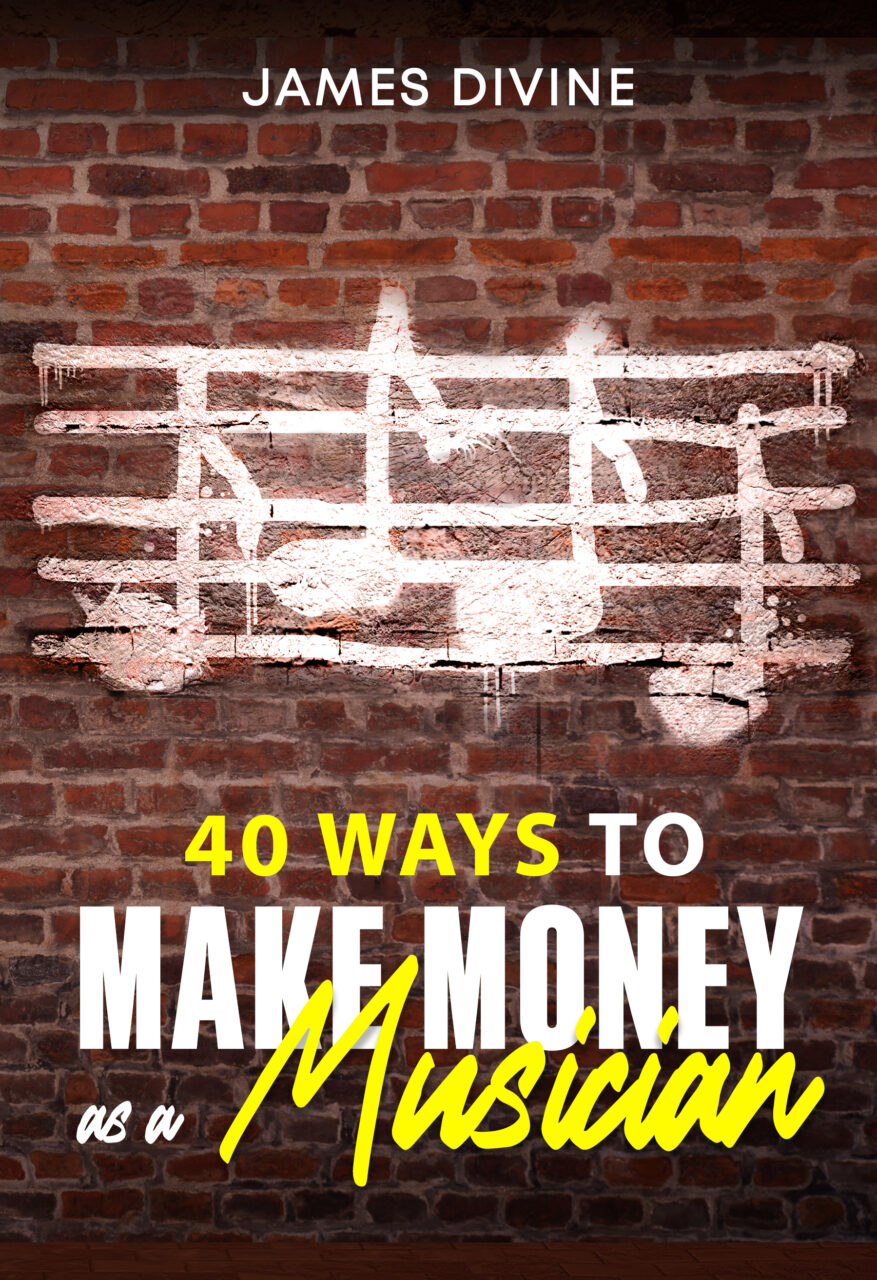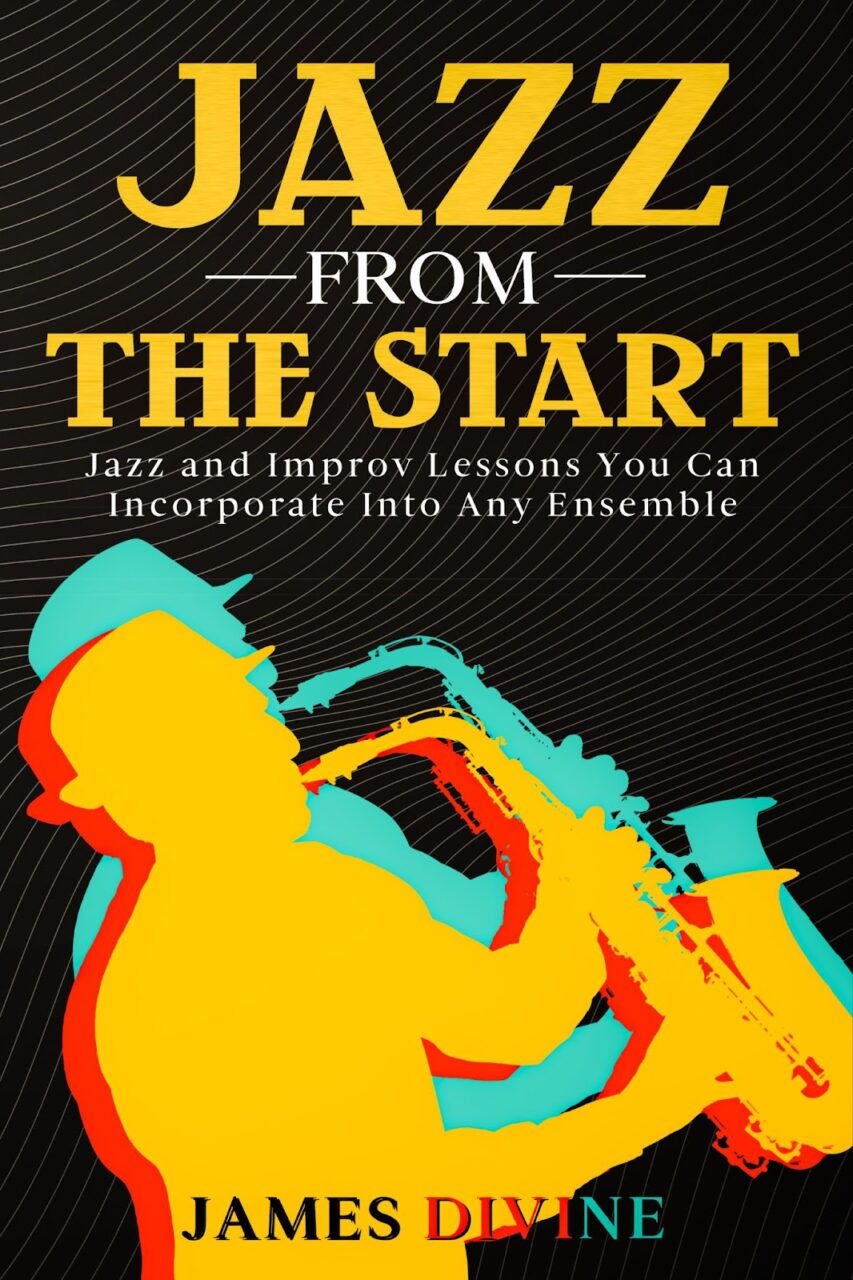When it comes to musical instruments, the saxophone stands apart as a true masterpiece. With its unparalleled ability to evoke emotion, its versatile sound range, and its captivating blend of elegance and energy, the saxophone has rightfully earned its place as one of the most beloved and revered instruments in the world of music.
Recently I was sharing a keynote speech. I use my 100 year old saxophone to talk about how – even if our lives are beat up, scratched, dented – a beautiful symphony can spew forth. A lady asked me why I decided to switch from clarinet to sax in 7th grade. I replied that I wasn’t sure. She had the right answer for me; “The saxophone seems to evoke the emotion of your story more.” I had to agree.
One of the most enchanting aspects of the saxophone is its incredible expressive power. The instrument’s unique design allows for a diverse range of tones and timbres. From the soulful cries of the tenor sax to the sultry whispers of the soprano sax, each variation offers a distinct voice, enabling musicians to communicate a wide array of emotions. The saxophone’s ability to mimic the human voice gives it an unmatched ability to convey feelings of longing, joy, sorrow, and passion, making it a true conduit for the musician’s emotions.
Its presence can be felt across various musical genres, from classical and jazz to rock, pop, and even electronic music. In jazz, the saxophone has become an emblem of improvisation, with legends like John Coltrane and Charlie Parker pushing the boundaries of what the instrument can achieve. In classical music, it has found its place in orchestras, chamber ensembles, and solo performances, adding depth and color to compositions. I’ve enjoyed using it to express in both jazz and classical music. I’m thinking of creating a new style of music called Hip Hope in which I improvise over the spoken word from the Bible. More to come later.
The saxophone’s sound is instantly recognizable, making it a focal point in countless musical compositions. Its rich, warm, and sometimes haunting tones have the ability to transport listeners to different emotional landscapes. Whether it’s the energetic bursts in a lively jazz piece or the poignant melodies in a heartfelt ballad, the saxophone’s sound has the power to evoke nostalgia and stir the soul.
What truly sets the saxophone apart is its unique ability to forge a deep emotional connection with listeners. Its sound resonates not just in the ears, but in the heart, captivating and moving audiences in profound ways. The saxophone’s lyrical and expressive nature ensures that every note played is imbued with feeling, creating a musical experience that transcends the boundaries of language. (Check out my original Heal My Insides).
In addition to its sonic qualities, the saxophone’s visual aesthetics contribute to its allure. Its curved and gleaming metallic body, adorned with elegant keys and intricate mechanisms, exudes a timeless charm. The performer’s posture while playing, leaning into the instrument with graceful intensity, adds to the saxophone’s visual appeal, making it a captivating spectacle on stage. Although not “proper” playing position, it is also fun to lean back and just wail.
Invented by Adolphe Sax in the 1840s, it was initially intended to bridge the gap between brass and woodwind instruments. Despite initial skepticism, the saxophone’s unique voice soon won the hearts of musicians and listeners alike. Over the years, it has grown to become an integral part of the musical landscape, symbolizing innovation and creative exploration. Some classical groups still “frown” on it – especially if you’re playing transcriptions. Many are purists and state, “That’s not who the music was written for.” My response – no disrespect intended – “Who cares. Those people are dead – and maybe if they had known of the sax they would have written a part for it.”
James Divine is a musician and teacher of 37 years. He has written several books and is available to share in a motivational speech using his 100 year old saxophone as an illustration. Find out more at www.jamesdivine.net and listen to some sweet sax sounds at www.jazzysaxman.com.


